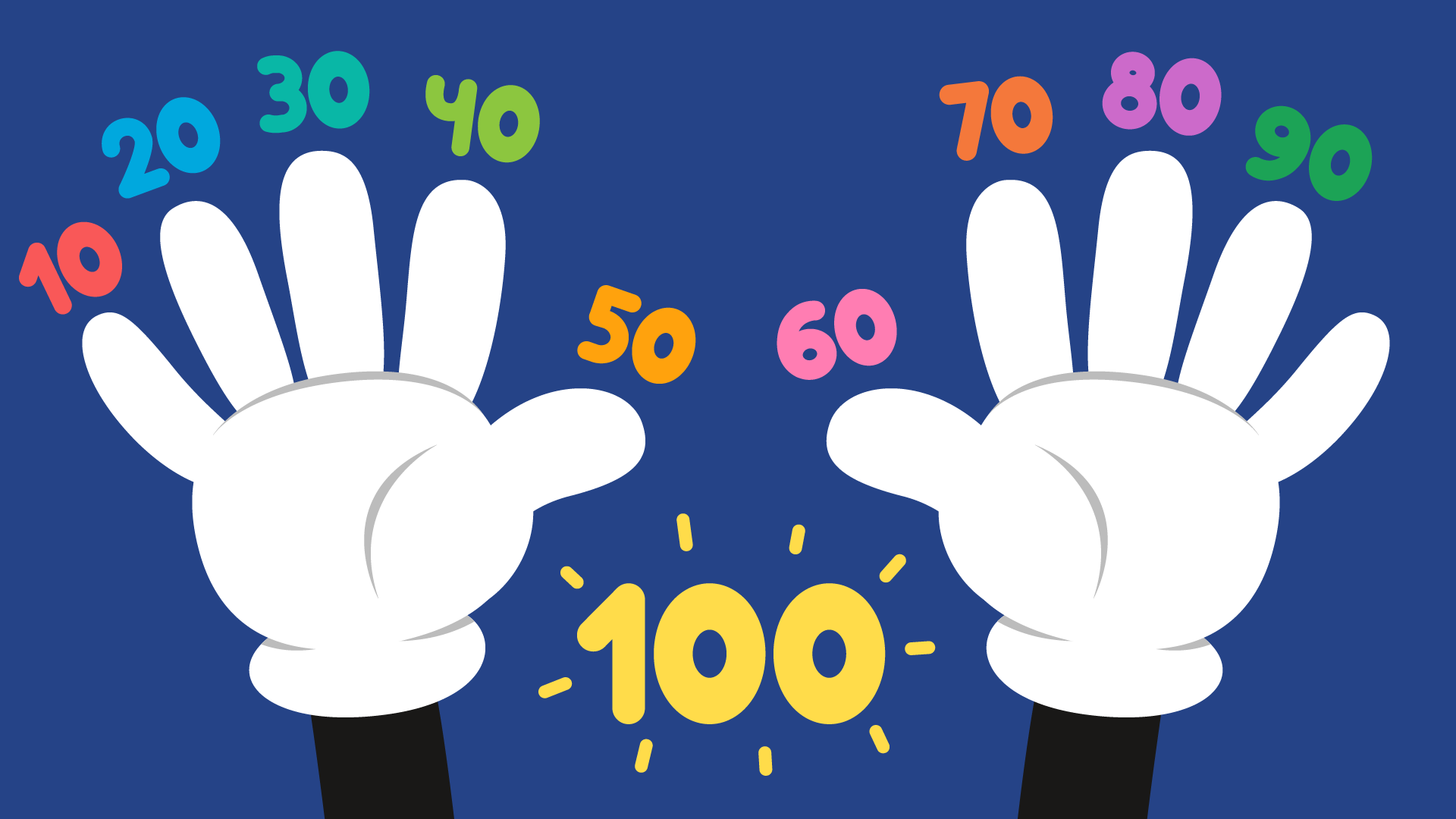Writing Benchmarks for 3rd Graders
Feb. 21, 2022
As children mature in age, their handwriting capacity tends to mature with them. As a result, as time passes the focus of a child’s writing development and progress focuses less on the mechanics of handwriting and more on their stylistic, expressive and technical writing abilities.
According to the UK’s National Curriculum a child should be able to write down their ideas with ‘a reasonable degree of accuracy’ between the ages of 7 and 9. This guidance provides a rough time frame with which to measure how advanced and fluent children’s writing abilities should be during years three and four of their schooling (or grade three in the US).
With this in mind it is important as caregivers and teachers that we facilitate a child’s continued handwriting development around these ages, as well as support the ways they use their writing to express themselves, explore their individuality and to comprehend the world around them.
Physical Handwriting Benchmarks
Although not mentioned in the US’s Core Common Standards, the UK's National Curriculum states that by the ages 8 and 9 children should be able to write in a cursive (or joined up) manner. This should be the norm at this age with pupils being able to use it fast enough to keep pace with the information they are wanting to communicate.
Focusing on the specifics of physical handwriting techniques, the UK’s National Curriculum also details that pupils in year 3 and 4 (grades 2 and 3) should be able to use the diagonal and horizontal strokes required to join letters, whilst understanding the letters that should remain unjoined.
At this age range children should also be at the stage of being able to continually improve the legibility, consistency and quality of their handwriting, by making sure that the downstrokes of letters are parallel and equidistant, and that lines of writing are far enough apart to be readable.
These guidelines provide helpful pointers of the level of writing technique a child should be displaying within their work and helps caregivers and teachers monitor a child’s handwriting skills to support them to reach milestones as they grow.

Composition and Writing Styles
As children within this age range are closer to fully mastering the physicality of being able to write coherently, their writing education will shift, in part, to encompass different writing styles.
With a focus on the consolidation of a child’s cursive writing style, now is the time to ensure youngsters can compose their written communication accurately and coherently. The UK’s National Curriculum states that pupils should be able to plan, draft and write, as well as evaluate and fully edit their written work at this stage.
The planning stages should incorporate analysing and discussing pieces of writing that are similar to that which they are planning to write, and involve the comprehension of the relevant structure, vocabulary and grammar. When drafting and writing in class, children can practice this process by composing and rehearsing sentences orally with their fellow students, to enhance and vary their vocabulary and range of sentence structures.
Third graders writing education at this age should also involve an understanding of narratives, characters and plots, as well as non-fiction writing themes and the ability to organise paragraphs around a variety of such themes.
Children can work in teams to assess the effectiveness of their own and others' work, providing valuable opportunities to provide and receive constructive, helpful feedback. Working as a collective during the editing process can also help learners further understand grammatical, punctuation and vocabulary topics they may have been struggling with.
Teachers should therefore be consolidating pupils’ writing skills, their vocabulary, grasp of sentence structure and knowledge of linguistic terminology at this age. Teaching youngsters to develop as writers involves teaching them to enhance the effectiveness of what they write, as well as increasing their competence at how they write it.
When teaching specific writing styles, teachers should make sure that pupils are continually building on what they have learnt, particularly in terms of varying grammar, vocabulary and narrative structures from which they can draw to express their ideas. It is important for third graders to properly understand how writing can be different from speech.

Within the US’s Common Core Standards framework third graders should be focusing on the ability to express their opinion through writing about a range of topics or texts, and supporting their point of view (or another’s) with evidence.
Students can be supported to do this through the usage of linking words and phrases such as because, therefore, since, to connect opinion and reasons. Their writing skills should also be developing by being able to provide a concluding statement or ending paragraph to their written pieces.
As well as mastering opinion pieces, children at this age should also be able to write to inform and explain and show the ability to examine a topic and convey ideas and information clearly. By showing students of this age relevant informative texts and exploring them as a group, children can also improve their comprehension skills, before undertaking the writing style themselves.
Furthermore, at this age the Common Core Standards encourage teachers and adults to support pupils to produce writing in which the development and organisation are appropriate to task and purpose. Third graders should also be able to undertake short research projects that build knowledge about topics of interest and draw upon their own personal experiences.
Encouraging Self Expression Through Writing
Creative writing activities at this age are specifically important to provide an opportunity for children to express themselves and utilise their imagination.
According to the Common Core Standards, writing narratives provide children further opportunities to develop real or imagined experiences or events, whilst employing technical and descriptive writing tools. Writing in this way allows children to act as the narrators and create interesting situations and events within their narrative world.
Children have active imaginations and this form of writing harnesses that by allowing their minds to run wild, whilst giving them something to show for their efforts in the form of their written descriptions of actions, thoughts, and feelings.
Creative writing can also help children to gain and display a further understanding of time and chronology by writing about events in a particular order.

Materials to Aid Development
Ensuring children have the appropriate materials, both at home and at school, to develop their handwriting is very important. Kids Academy has a range of valuable resources to do just this, with a range of worksheets to support the ongoing improvement of cursive writing, alongside grammar and punctuation practice.
With materials spanning different time periods, events, writing styles and grammatical tools, children can utilise these to help their writing and general comprehension skills develop. By creating lessons that focus on a specific event, such as The Civil Rights Movement, teachers help learners gain an understanding of historical events, whilst learning written techniques they can implement in class. By using event focused materials, such as the ones linked, children are provided with an enhanced overall learning experience.
Holistic Handwriting Development
It is incredibly important at grade three that children are supported to flourish to further enhance their writing fluency, as well as learn the different stylistic writing techniques that will help them throughout their lives.
Keeping an eye on your child’s development at this age is necessary. When you see them flourishing in one area, you can encourage and support them to develop this skill further. Similarly if you notice an area of the mechanics of writing that they are struggling with, you can consult their teachers and seek some extra support to help them with this specific area.
Most importantly, remember every child is different. There is no ‘perfect’ writing level and of course youngsters develop at different paces, which is completely natural and understandable. Focusing on what your child is enjoying and shining a light on their passions when it comes to writing, self expression and creativity will help them thrive and gain confidence as they mature.
About the author
Alison Carter - Play-Based Educator, ESL Teacher, Trauma Sensitive Yoga and Pilates Teacher.
Manchester, England, UK.
References
- http://www.corestandards.org/ELA-Literacy/W/3/
- https://www.gov.uk/government/publications/national-curriculum-in-england-english-programmes-of-study/national-curriculum-in-england-english-programmes-of-study#years-3-and-4-programme-of-study
- https://assets.publishing.service.gov.uk/government/uploads/system/uploads/attachment_data/file/335186/PRIMARY_national_curriculum_-_English_220714.pdf




.jpg)







